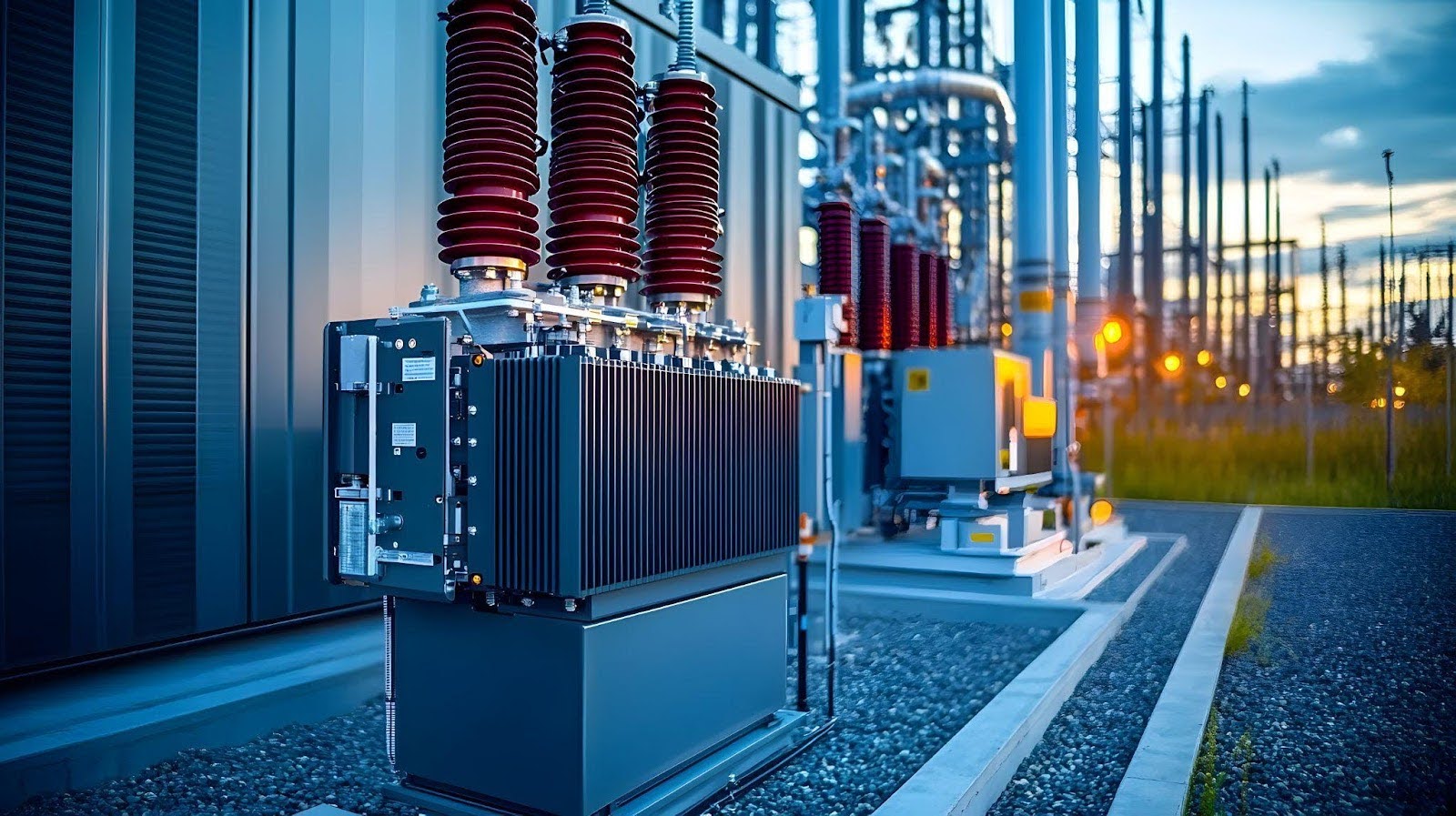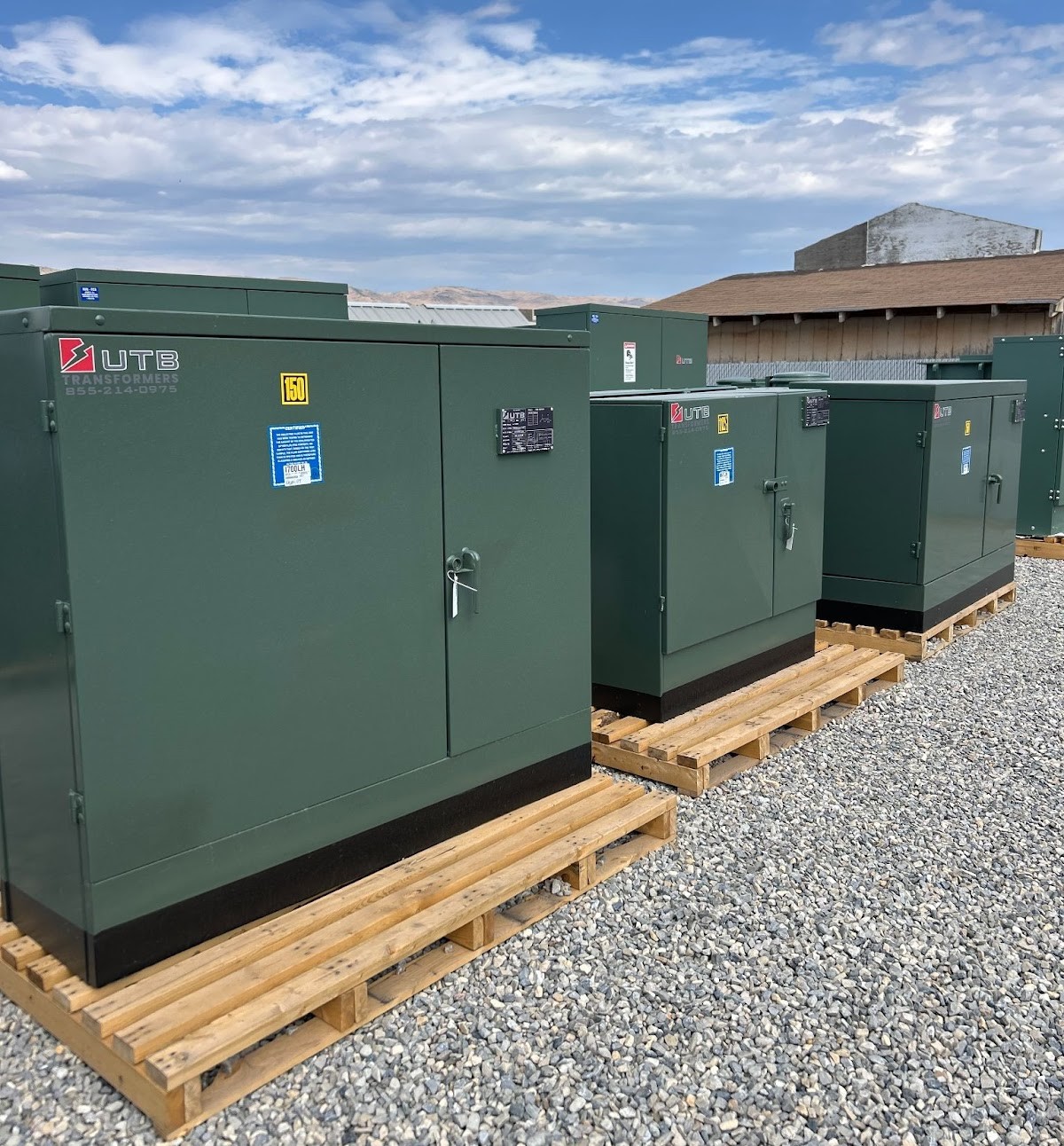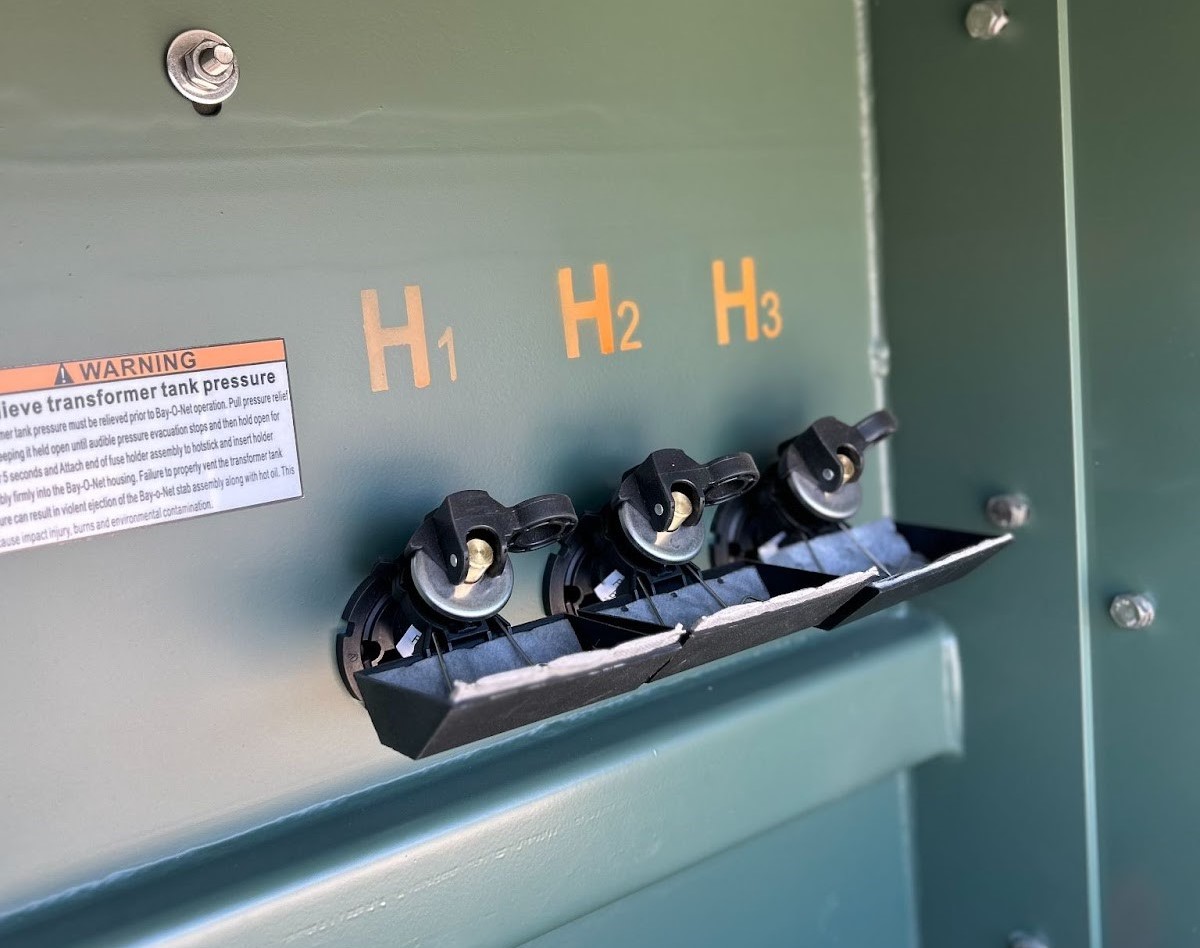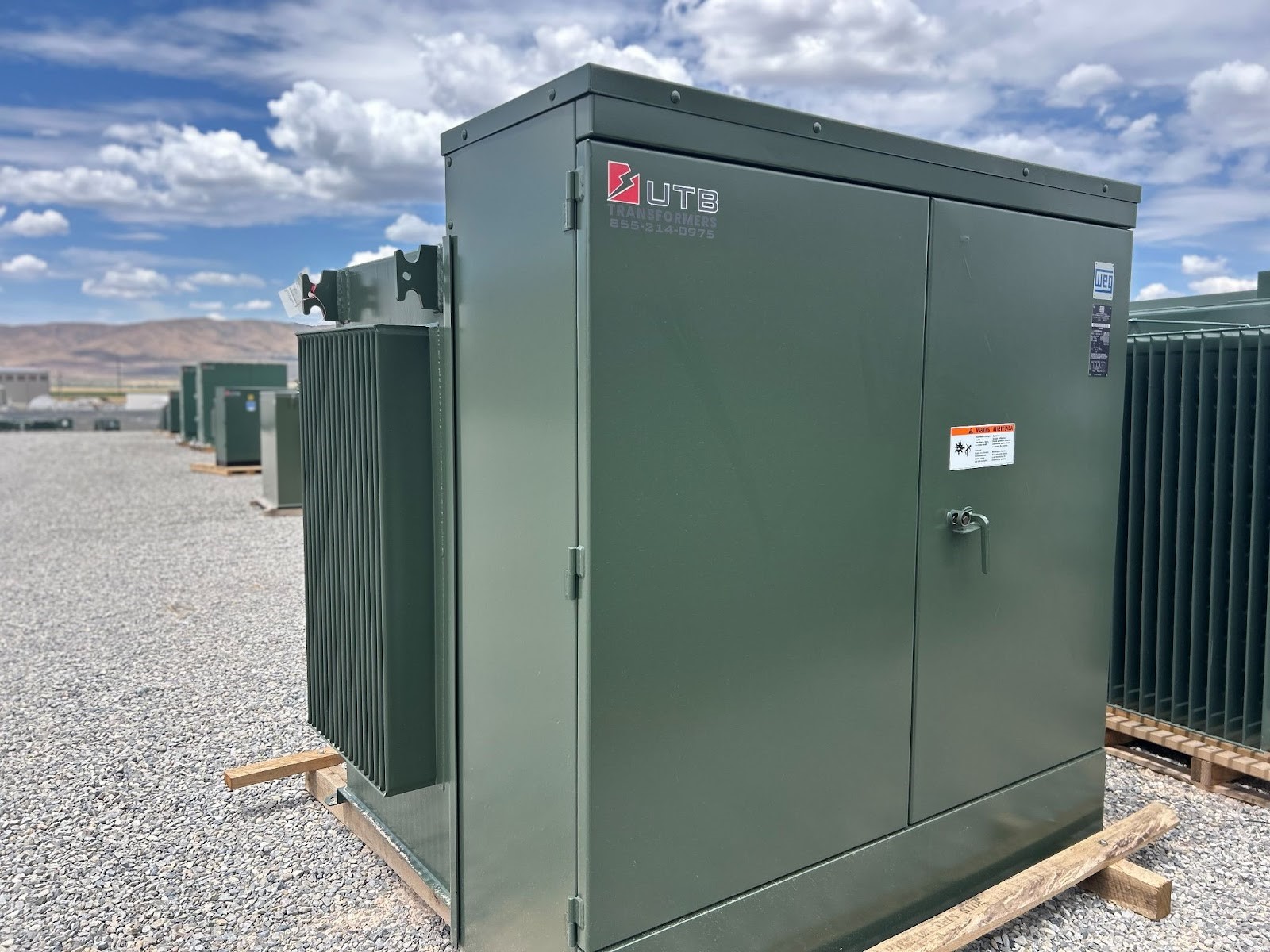Transformers are crucial components in electrical power distribution, ensuring the efficient transfer of electricity from generation sources to end-users. Among the various types of transformers, liquid-filled and dry-type transformers are the most common. Each type has unique characteristics, advantages, and applications. In this blog post, we’ll explore the differences between liquid-filled and dry-type transformers to help you understand which might be best suited for your needs.
What Are Liquid-Filled Transformers?
Overview:

Liquid-filled transformers use an insulating liquid, typically mineral oil, silicone, or biodegradable fluids like FR3, to cool and insulate the transformer windings. These transformers are commonly found in both indoor and outdoor applications.
Key Features:
Cooling Efficiency: The insulating liquid circulates within the transformer, effectively dissipating heat generated during operation. This results in higher efficiency and the ability to handle larger power loads.
High Voltage Handling: Liquid-filled transformers are better suited for high-voltage applications due to their superior cooling and insulation properties.
Longer Lifespan: With proper maintenance, these transformers tend to have a longer operational life compared to dry-type transformers.
Advantages:
Efficiency: Better cooling allows for more efficient operation and higher power capacity.
Compact Design: These transformers can be more compact, making them ideal for space-constrained installations.
Reliability: Suitable for continuous and heavy-duty operations, with robust performance in varying environmental conditions.
Disadvantages:
Risk of Leaks: Potential for oil leaks, which can be hazardous and require careful handling and maintenance.
Environmental Concerns: Traditional mineral oil can pose environmental risks, though biodegradable alternatives like FR3 mitigate this issue.
Applications:
Utility Substations: Where high reliability and large power capacity are crucial.
Industrial Plants: For heavy-duty operations with significant power requirements.
Commercial Buildings: Particularly in applications requiring high voltage and efficiency.
What Are Dry-Type Transformers?
Overview:

Dry-type transformers use air instead of liquid to cool the transformer windings. They are typically housed in ventilated enclosures and are commonly used in indoor applications where fire safety and environmental concerns are paramount.
Key Features:
Air Cooling: Rely on air circulation for cooling, which is less efficient than liquid cooling but sufficient for many applications.
Fire Safety: Without flammable insulating liquids, dry-type transformers pose less of a fire hazard, making them safer for indoor use.
Environmental Safety: Eliminate the risk of liquid leaks, making them more environmentally friendly.
Advantages:
Safety: Reduced fire risk and absence of hazardous liquids.
Maintenance: Easier to maintain since there are no liquids to monitor or replace.
Eco-Friendly: No risk of contaminating the environment with insulating fluids.
Disadvantages:
Lower Efficiency: Less effective cooling limits their capacity and efficiency compared to liquid-filled transformers.
Applications:
Commercial Buildings: Especially in indoor settings where safety and environmental concerns are critical.
Hospitals and Schools: Where safety and low maintenance are essential.
Small Industrial Applications: Where power requirements are lower, and the transformer can be safely housed indoors.
Choosing the Right Transformer
The choice between liquid-filled and dry-type transformers depends on several factors, including the specific application, power requirements, environmental considerations, and safety concerns.
For High Power and Outdoor Applications: Liquid-filled transformers are generally the better choice due to their higher efficiency, compact design, and ability to handle larger loads.
For Safety and Indoor Use: Dry-type transformers are preferable, offering enhanced fire safety, easier maintenance, and eco-friendly operation.
By understanding the differences between these two types of transformers, you can make a more informed decision that aligns with your needs and priorities, ensuring optimal performance and safety for your electrical power distribution system





